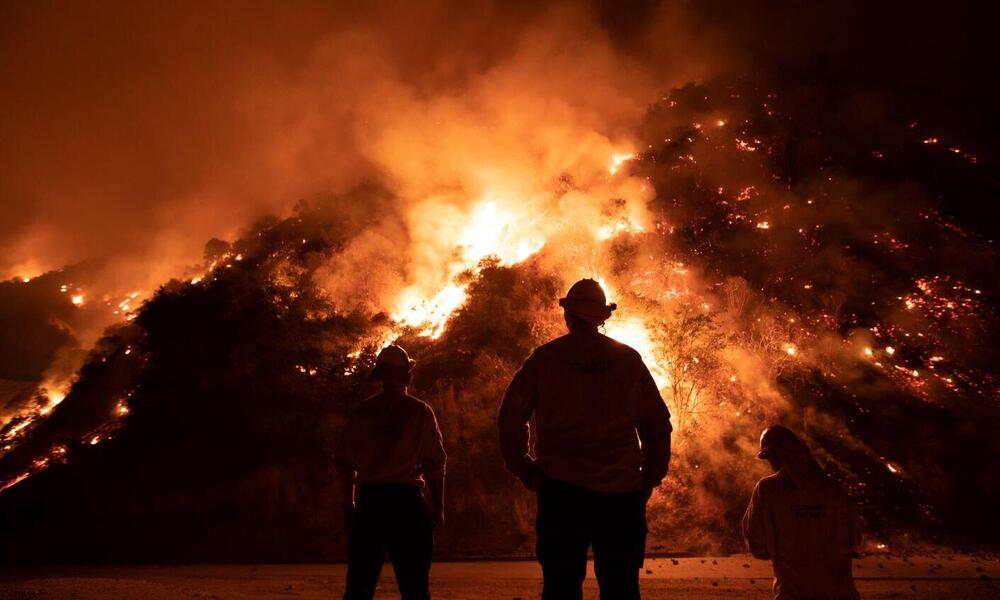Growing in scale, frequency, and intensity, wildfires wreak devastating consequences on an ever-larger number of communities. The flames are claiming lives, incinerating homes, and pushing some animal species to the brink of extinction. But not all fires have to become a disaster. In some regions, fire is a natural process and an essential element of a healthy landscape.
In the United States, forest management practices and fire management have changed over time. When land managers began to focus on eliminating fire, natural processes were disrupted, in some cases leading to the buildup of fuel in the form of dead and dry vegetation. When that fuel ignites, it erupts into larger, more devastating flames.
With the climate crisis growing increasingly dire, hotter temperatures, more intense and longer dry seasons, earlier snowmelt, and stronger winds damage nature’s ability to resist fire. Fuel accumulates as more intense wet periods lead to rapid vegetation growth, and longer heat waves dry it out. On top of that, increasingly frequent lightning strikes provide more opportunities for ignition. The result of these interwoven drivers is a tinderbox. The fire season is starting earlier and ending later—and the wildfires that ignite are more destructive.


